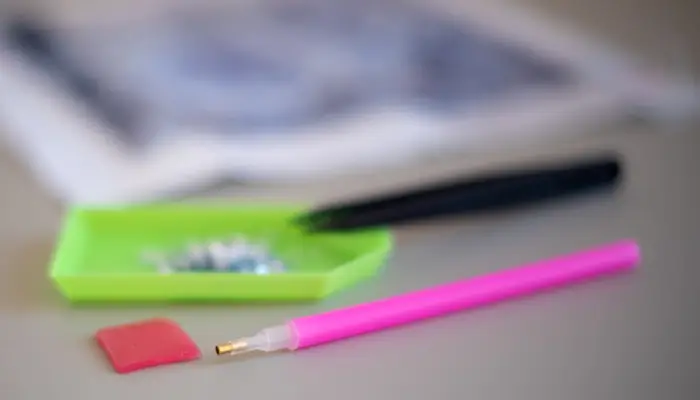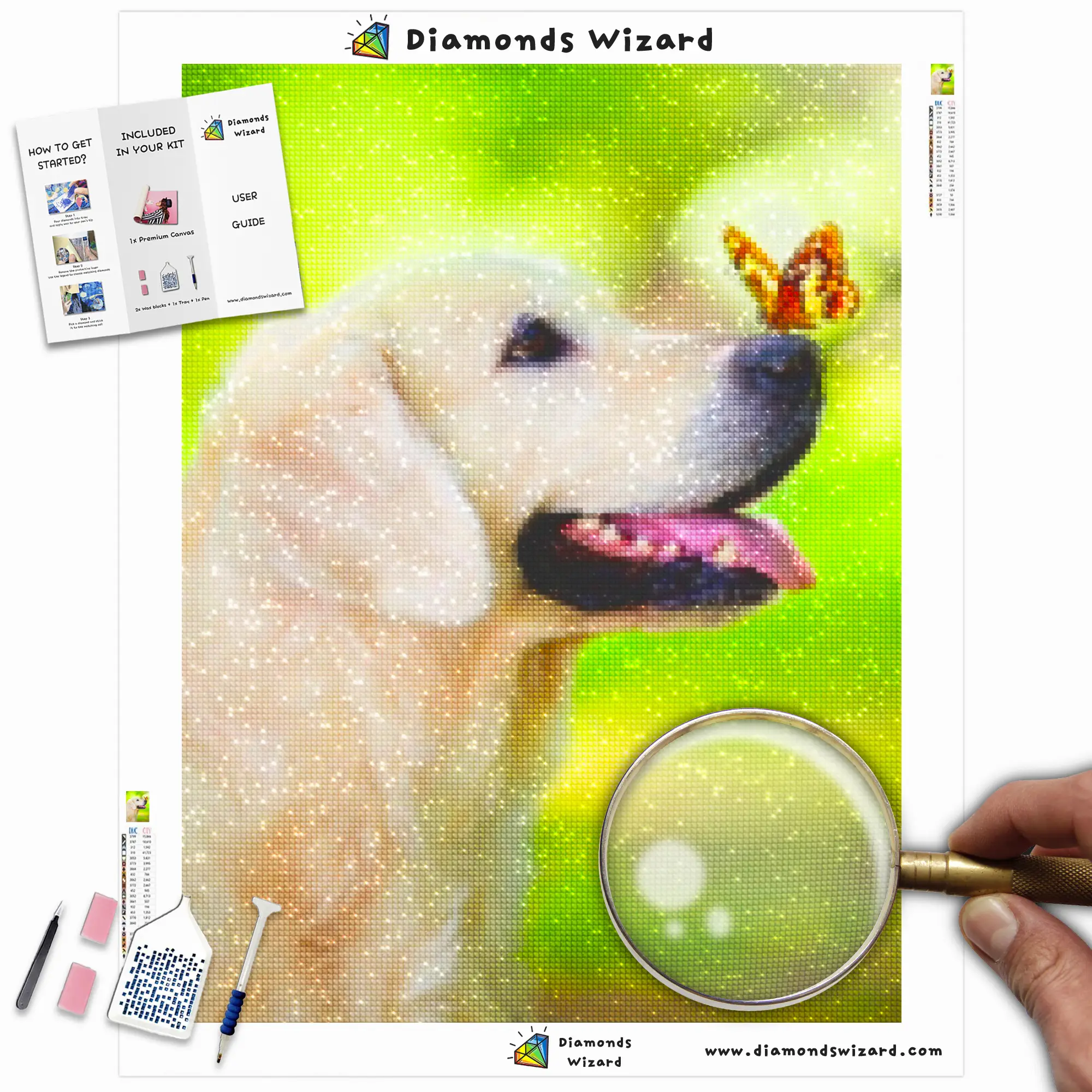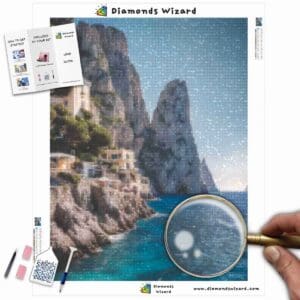Diamond painting has gained immense popularity as a relaxing and creative hobby. It involves placing tiny resin “diamonds” onto a canvas to create a beautiful and sparkling mosaic-like artwork. As with any artistic endeavor, diamond painting enthusiasts often seek innovative techniques and tools to enhance their experience. One common question that arises is whether wax paper can be used in diamond painting. In this blog post, we will explore the pros and cons of using wax paper in diamond painting to help you make an informed decision.
Understanding the Role of Wax Paper in Diamond Painting
Diamond painting kits usually include a special wax pad or wax caddy, which serves as a sticky surface for picking up the diamonds using a diamond applicator tool. However, some individuals wonder if wax paper can be a viable alternative to the provided wax pad. Let’s delve into the advantages and disadvantages of using wax paper in diamond painting.
Pros of Using Wax Paper in Diamond Painting
1. Cost-Effectiveness:
Wax paper is a readily available and inexpensive option for diamond painters. It can be found in most kitchens or purchased at a low cost from grocery stores. Using wax paper instead of a dedicated wax pad can save you money, especially if you engage in diamond painting frequently or work on larger projects.
2. Convenience and Portability:
When working on diamond painting projects, it can be advantageous to have a portable solution. Wax paper is lightweight and easy to carry, making it a convenient choice for artists who want to take their diamond painting supplies on the go. It can be easily folded or cut into smaller sections, allowing for easy storage and transportation.
Cons of Using Wax Paper in Diamond Painting
1. Stickiness Issues:
While wax paper can provide some stickiness, it may not hold the diamonds as securely as a dedicated wax pad. The adhesive properties of wax paper can vary, and there is a chance that the diamonds might not stick firmly enough to the paper’s surface. This could lead to diamonds falling off during the painting process or not adhering properly to the canvas.
2. Difficulty in Application:
Wax pads designed specifically for diamond painting are engineered to provide optimal stickiness while allowing for easy diamond pickup. On the other hand, wax paper may present challenges when trying to pick up diamonds using a diamond applicator tool. The tool may not glide smoothly on the surface of the wax paper, impeding the process and causing frustration for the artist.
3. Potential Messiness:
Using wax paper instead of a dedicated wax pad can result in a messier working environment. Wax paper may not have the same level of cleanliness as a wax pad, potentially leaving behind residue or wax particles on the diamonds. This residue can affect the diamonds’ shine and may require extra cleaning steps to ensure the final artwork looks its best.
Conclusion:
In the world of diamond painting, wax paper can serve as a cost-effective and portable alternative to a dedicated wax pad. It offers convenience for artists who are always on the move and want to carry their supplies easily. However, it is important to consider the potential stickiness issues, difficulty in application, and potential messiness associated with using wax paper in diamond painting. Ultimately, the decision to use wax paper or a dedicated wax pad comes down to personal preference and the specific requirements of the project at hand. It is always recommended to experiment and find the method that works best for you, ensuring a satisfying and enjoyable diamond painting experience.












